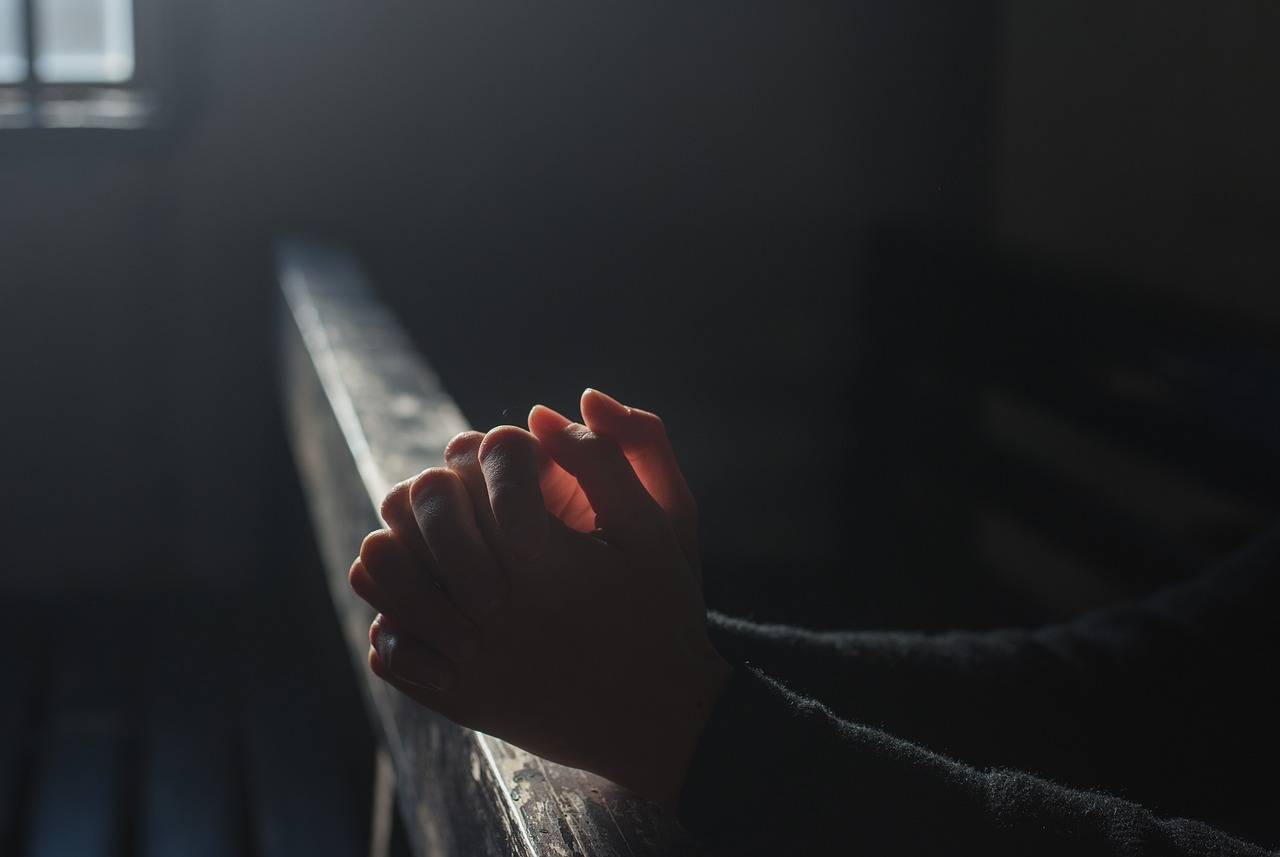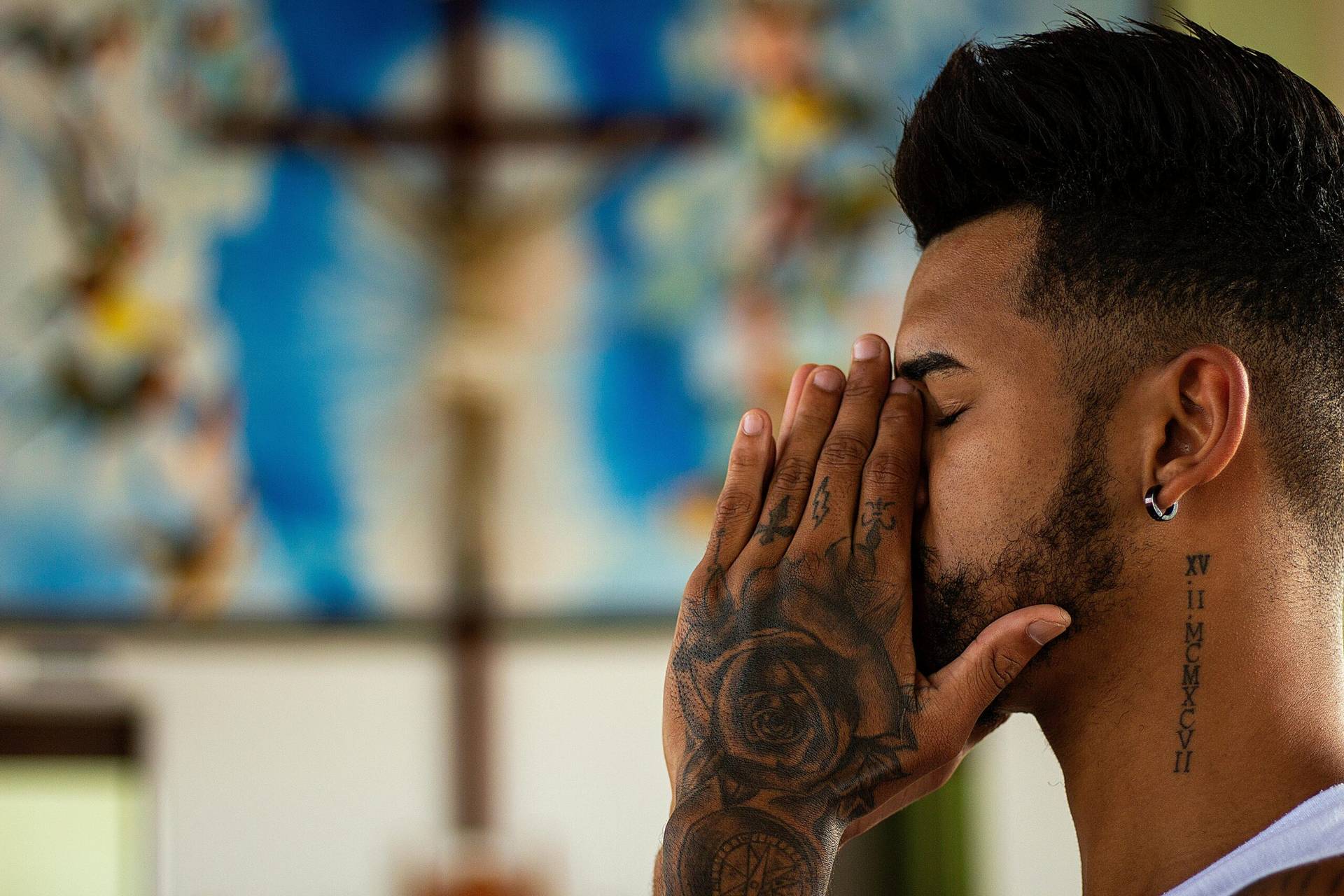That is the land of lost content;
I see it shining plain.
The happy highways where I went
And cannot come again.
So wrote the English poet A.E.Houseman as part of his sweet nostalgic poem cycle, A Shropshire Lad.
It is sometimes charged that conservative Catholics are much the same: Longing for a return to some glorious pre-Vatican II golden age of the Church.
In England, there is a breed of Catholic, for example, called “the young fogeys” or “Brideshead Catholics,” because they wear baggy corduroys, brogues and have floppy hair. They affect a kind of Evelyn Waugh snobbery towards all things modern, and might even have a teddy bear named Aloysius.
In the U.S., being suspicious of English effete aestheticism, those of the same conservative tastes tend toward a kind of Mennonite sensibility. They (and their many children) assume a certain austerity of manner, wear modest, simple clothes and eschew worldly entertainments.
That is all well and good, if your tastes run along those lines, and decent dress sense is certainly better than shorts, T-shirts and tattoos. When it comes to tastes in fashion, as our wise Holy Father has said, “Who am I to judge?”
However, the outward tastes do indicate a disposition towards antiquarianism. Are Catholic conservatives reactionaries? In other words, are they nostalgic for a more innocent and simpler time before the radical revolutions of the 1960s? Do they read A.E. Houseman’s words, and nod their heads in agreement?
No doubt there are some who do. There have always been those, who because of their personality type, are melancholy for the good old days.
I have just been in Tuscany for a symposium on Catholic education, and it is difficult not to romanticize the age of St. Francis, Dante or Michelangelo. Likewise, for those who have seen the disintegration of marriage, the destruction of the extended family and the confused and rampant morality of our day, it is easy to be nostalgic for a simple, family and faith based society. Antony Esolen’s recent book Out of the Ashes voices this nostalgia for and rage at what has been destroyed forever.
While it is true that some conservative Catholics look back in fond regret, no one seems to have observed that now, in the twenty-teens, there is another group of Catholics who are equally nostalgic for the past. These are the now-aging radicals of the 1960s and 70s. Hasn’t anyone noticed that the 60s and 70s radicals are now in their 60s and 70s?
Is there not an equally unrealistic nostalgia for the “good ole days” of peace protests, Joan Baez and Bob Dylan and in church, the heady days of liturgical and charismatic renewal? If conservative Catholics long for the days of Father Bing Crosby or Archbishop Sheen, do not liberal Catholics pine for the Berrigan brothers and a kind of Brother Sun and Sister Moon Catholicism?
In fact, while such nostalgia on both sides is understandable, it is also lamentable. There are several problems with it.
First of all, it is unrealistic. It wasn’t really like that back then. Every golden age is tarnished. Secondly, it encourages a sect-mentality: “Me and my little group are better Catholics than everybody else.”
Thirdly, this self-righteousness leads to throwing stones at the other side. “You’re not as good as we are because you like Gregorian chant.” At which point the other side sticks out their tongue and says, “Well, you’re not as good as we are because you like Taize chant.”
Finally, it goes right against the Gospel. Remember that passage where the disciples were trying to exclude some other religious person, and Jesus just waved his hand and said, “Leave him alone. If he is not against me, he is for me.”
Most importantly, unrealistic nostalgia impedes the mission of the Church today. The Catholic faith, is ever ancient, ever new. There’s no point trying to recreate a medieval Catholicism, a 1950s or a 1970s Catholicism. This present nostalgia is a weird twist on the heresy of primitivism — that tendency so common in Protestantism to believe that we must return to the church of the New Testament times.
We live in the twenty first, not the first century. Our faith must be timeless, but our living it out must be current.
However, this does not mean that we have to adapt our worship or doctrine to the spirit of the age. It’s never been truer that “he who marries the spirit of the age will soon be widowed.” One of the great failures of the 60s and 70s revolution in the Church was that it was too wedded to its age. That is why the bland, fan-shaped churches, the sentimental music and the happy hippie Catholicism now seems so sad and weary.
The big question is how to keep Catholicism timeless and yet timely.
I would suggest that the liturgy is what keeps it timeless, while the work of ordinary Catholics makes it relevant. Put simply, let our worship be ancient, unchanging, beautiful, reverent and transcendent. The liturgy is a masterpiece. Don’t mess with the Mass, as you would not mess with a Michelangelo.
Use the old devotions with love and simplicity. Restore old churches and build new churches in a traditional style. Nurture (and pay for) pipe organs and choirs. Salvage old church art and articles. Restore them and treasure them. Teach the traditions to your children. When it comes to worship, be fully and traditionally Catholic.
But forget the nostalgia. Remember the word “relevant” means “real.”
On Sunday, be timeless, and on weekdays be timely. On Monday morning, roll up your sleeves and let your words and your works be as up-to-date and radically relevant as possible. Protest and get political. Make a mess, remembering that he who never made a mess never made anything.
Work for the sanctity of life. Help the poor. Teach the young. Build families. Fight immorality. Save the environment. Protect the vulnerable, comfort the dying. Visit the prisoners. Live simply. Work for justice. Evangelize and share the faith. Be aware of our current culture. Write and speak to modern people where they are. Forgive one another. Be joyful and engaged with all you meet.
And don’t forget to pray more.


















